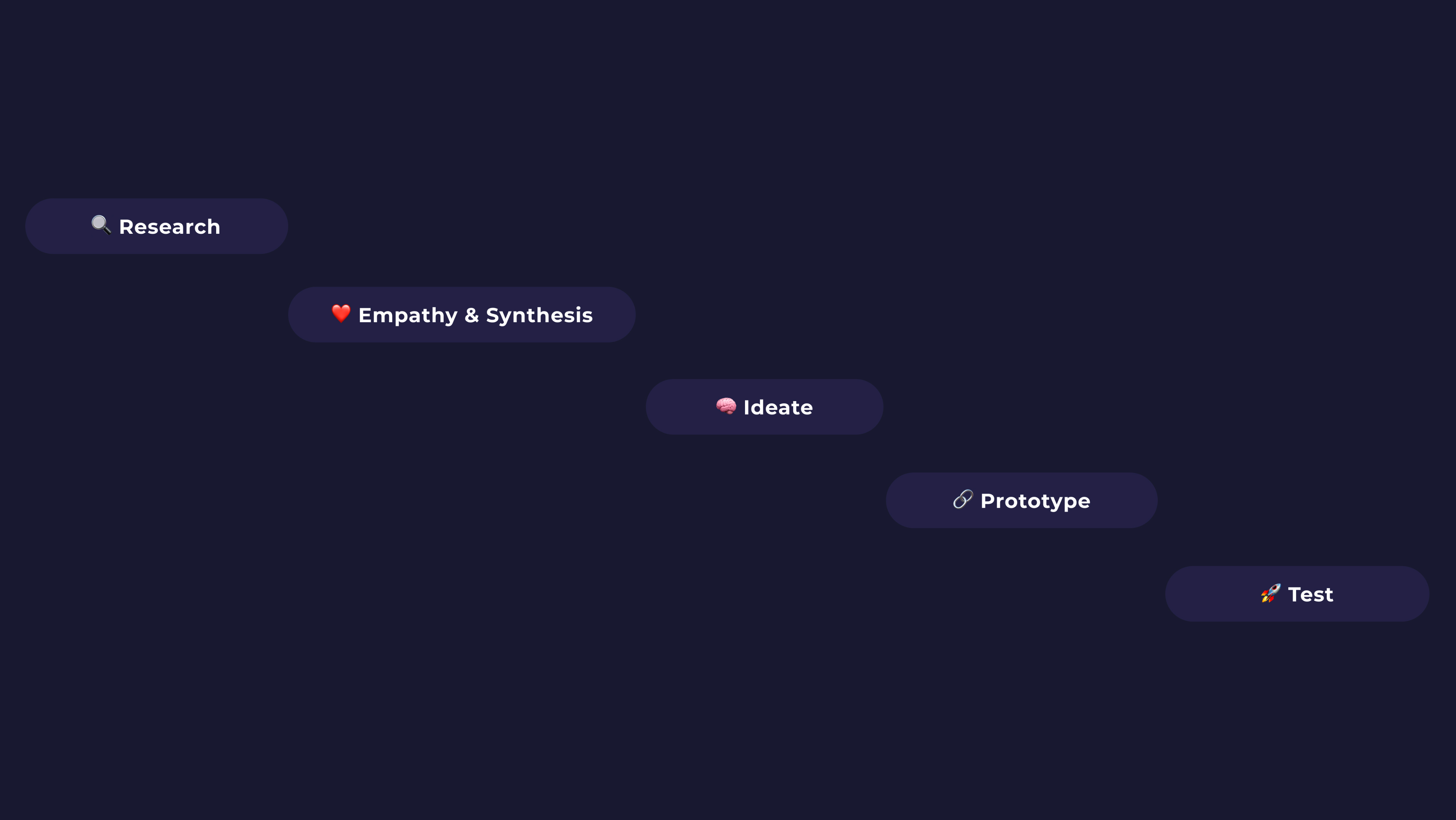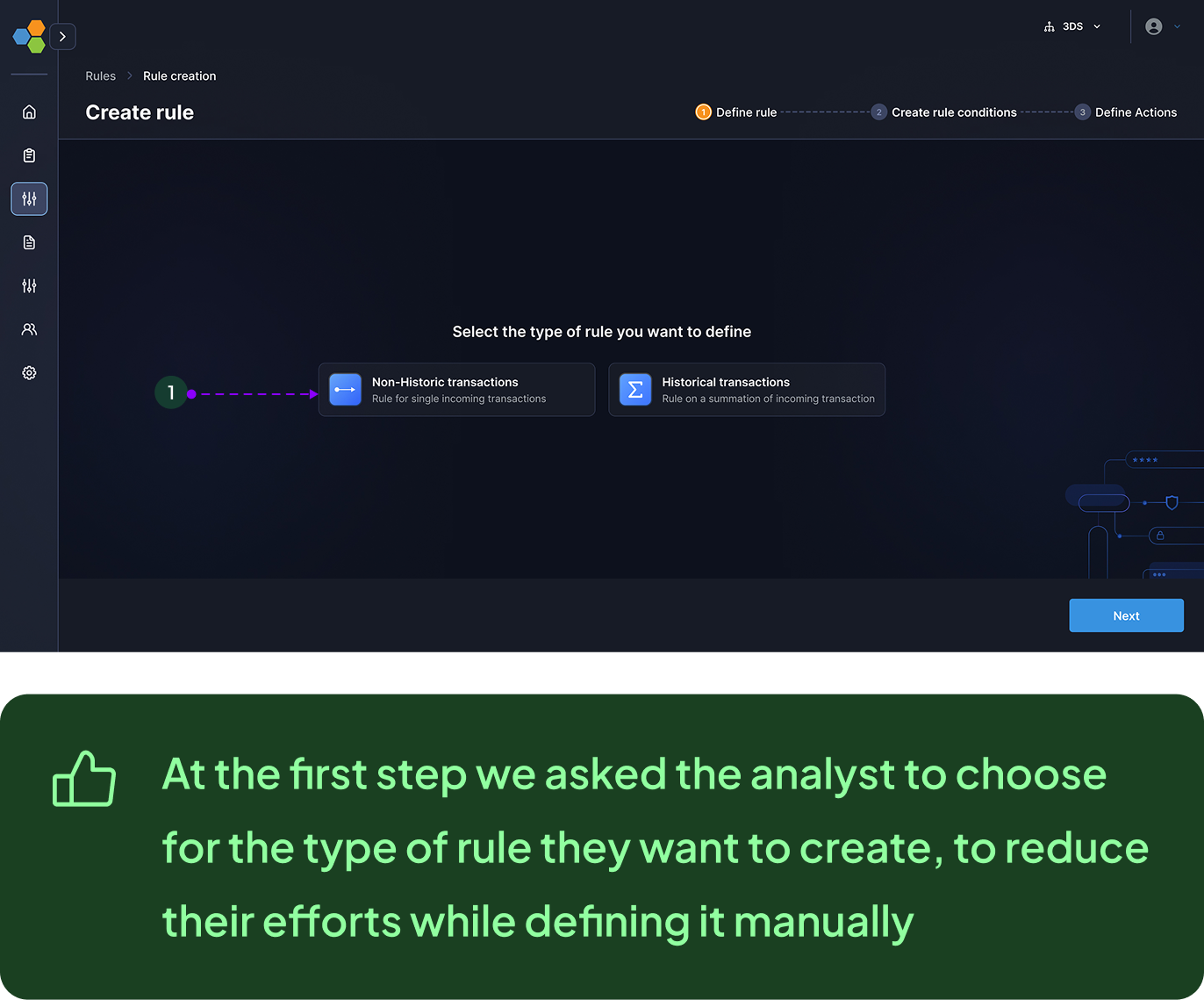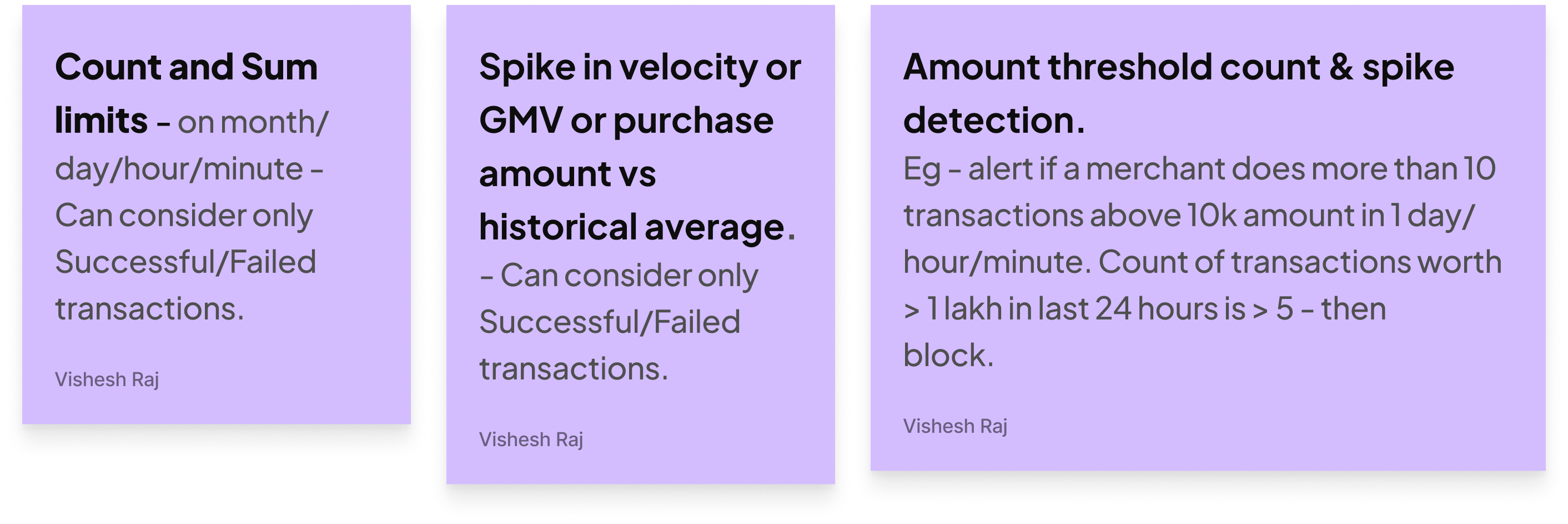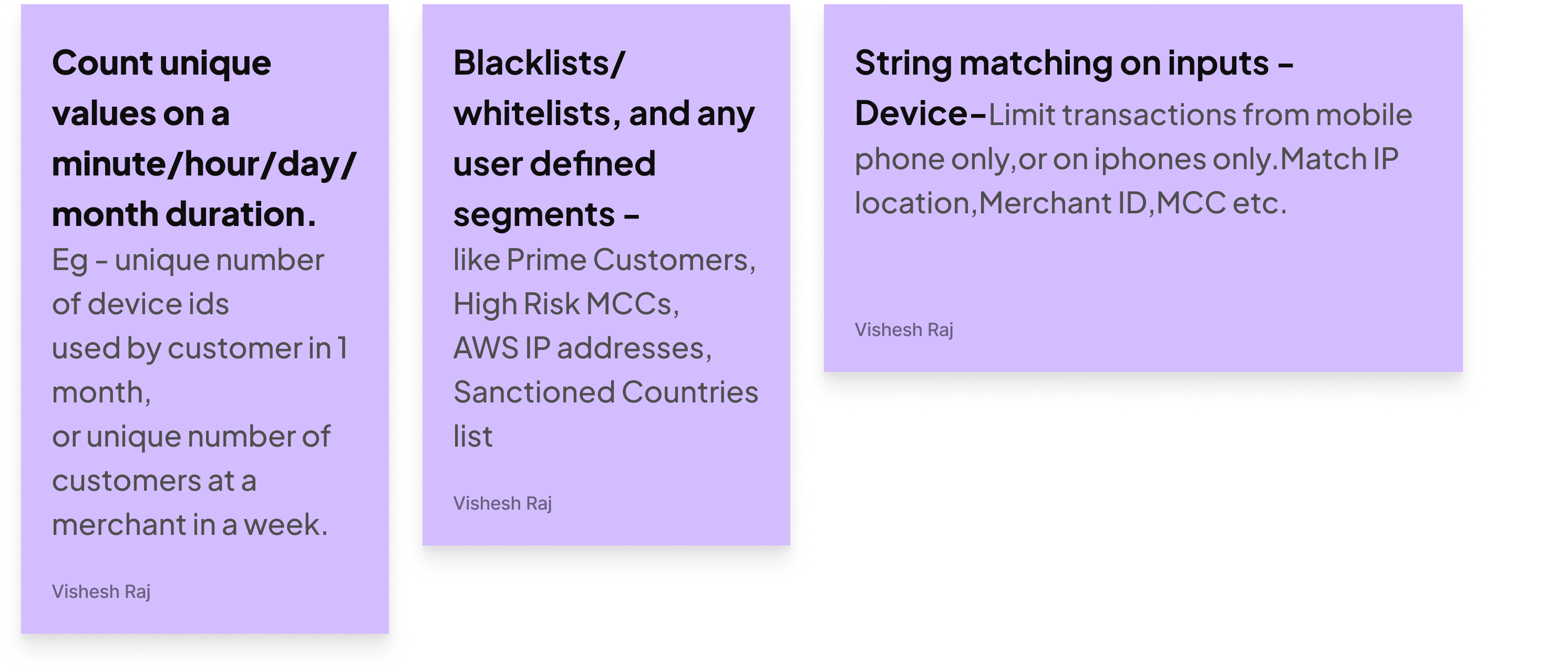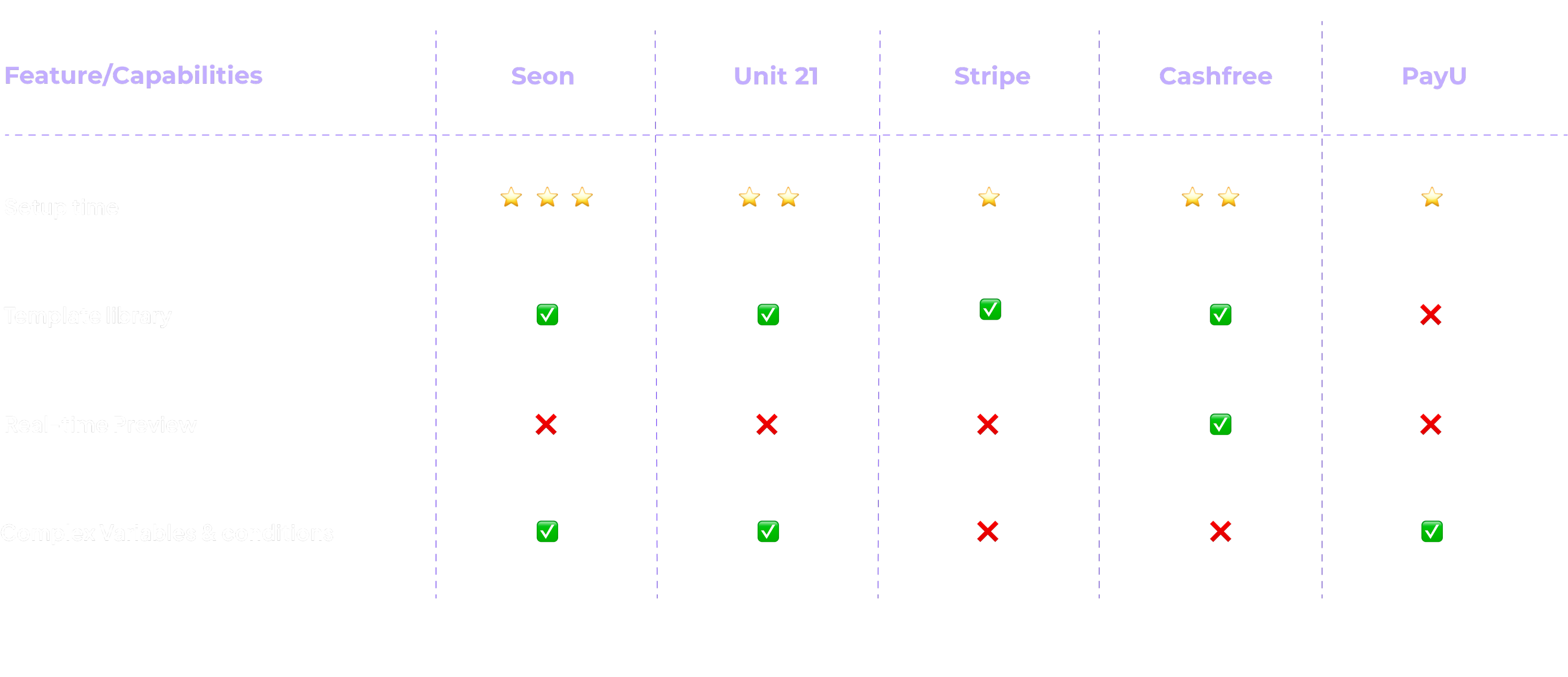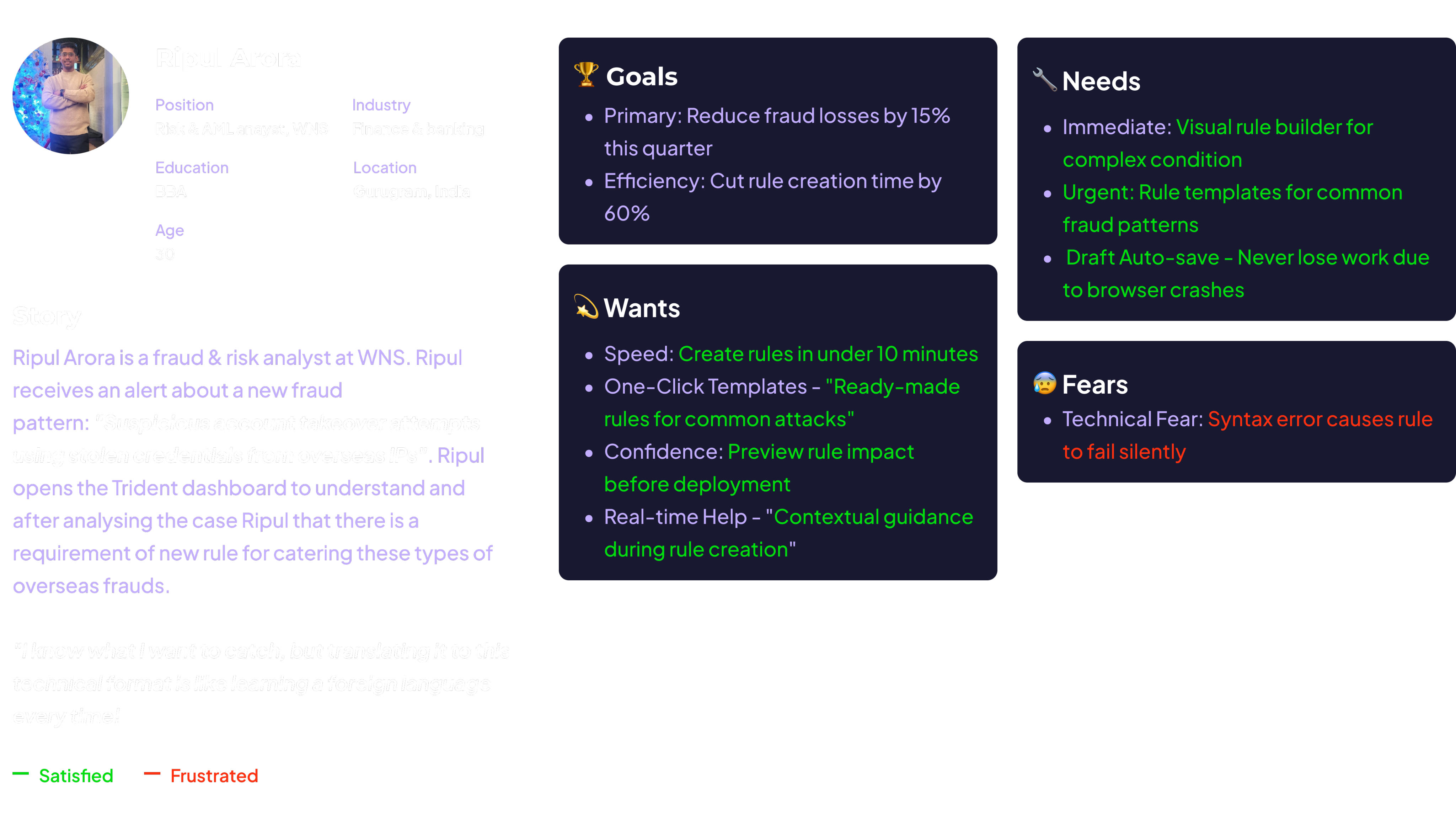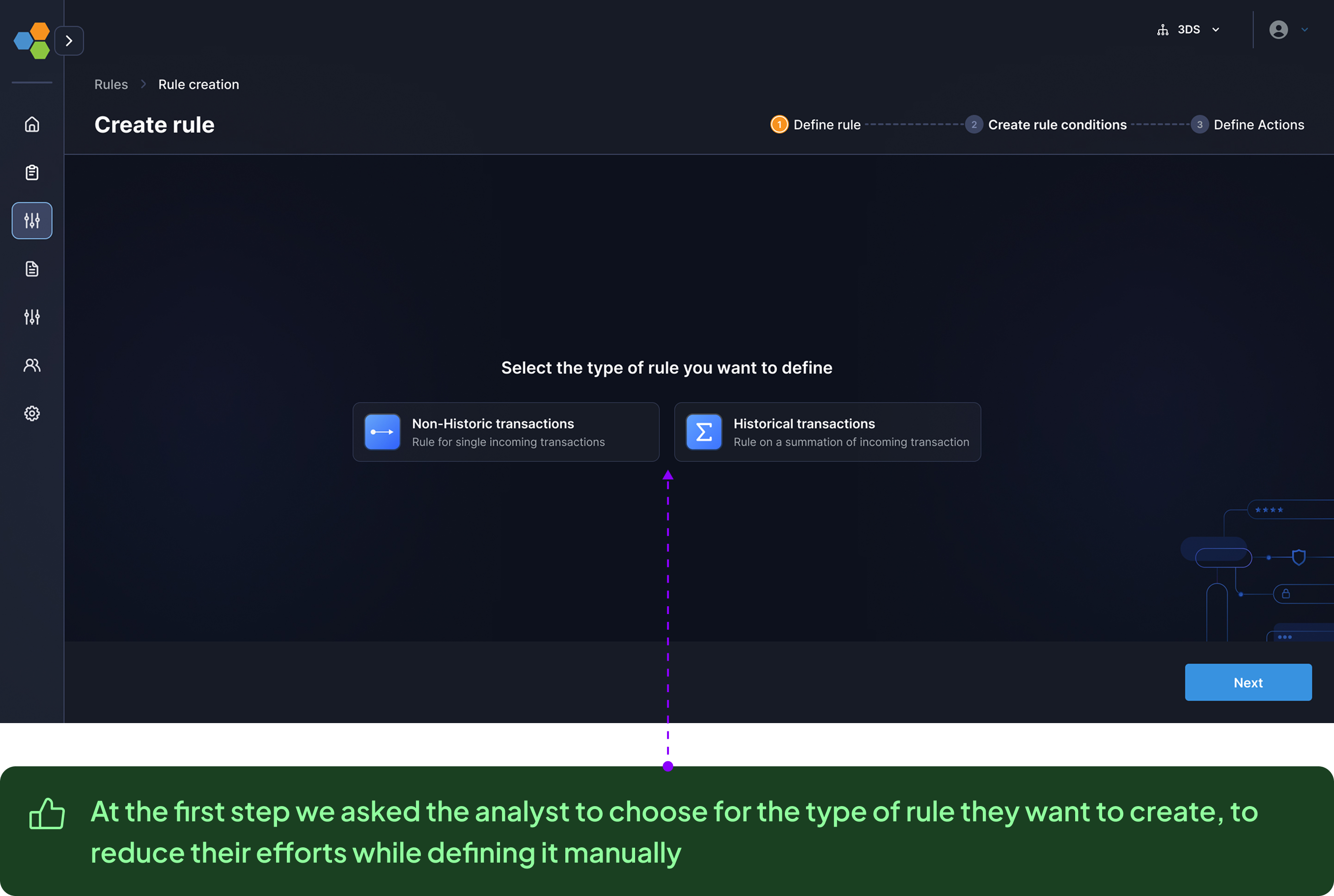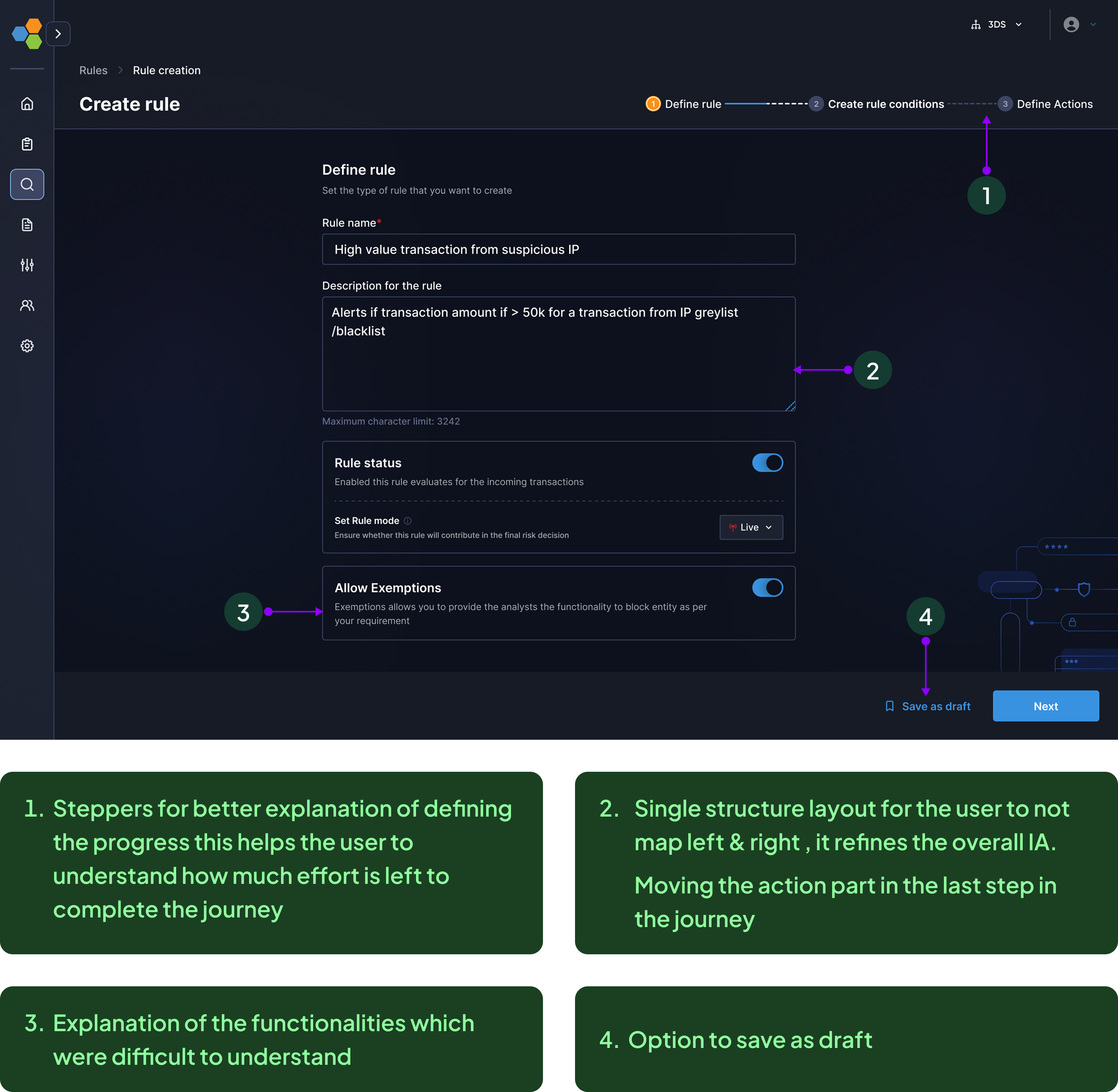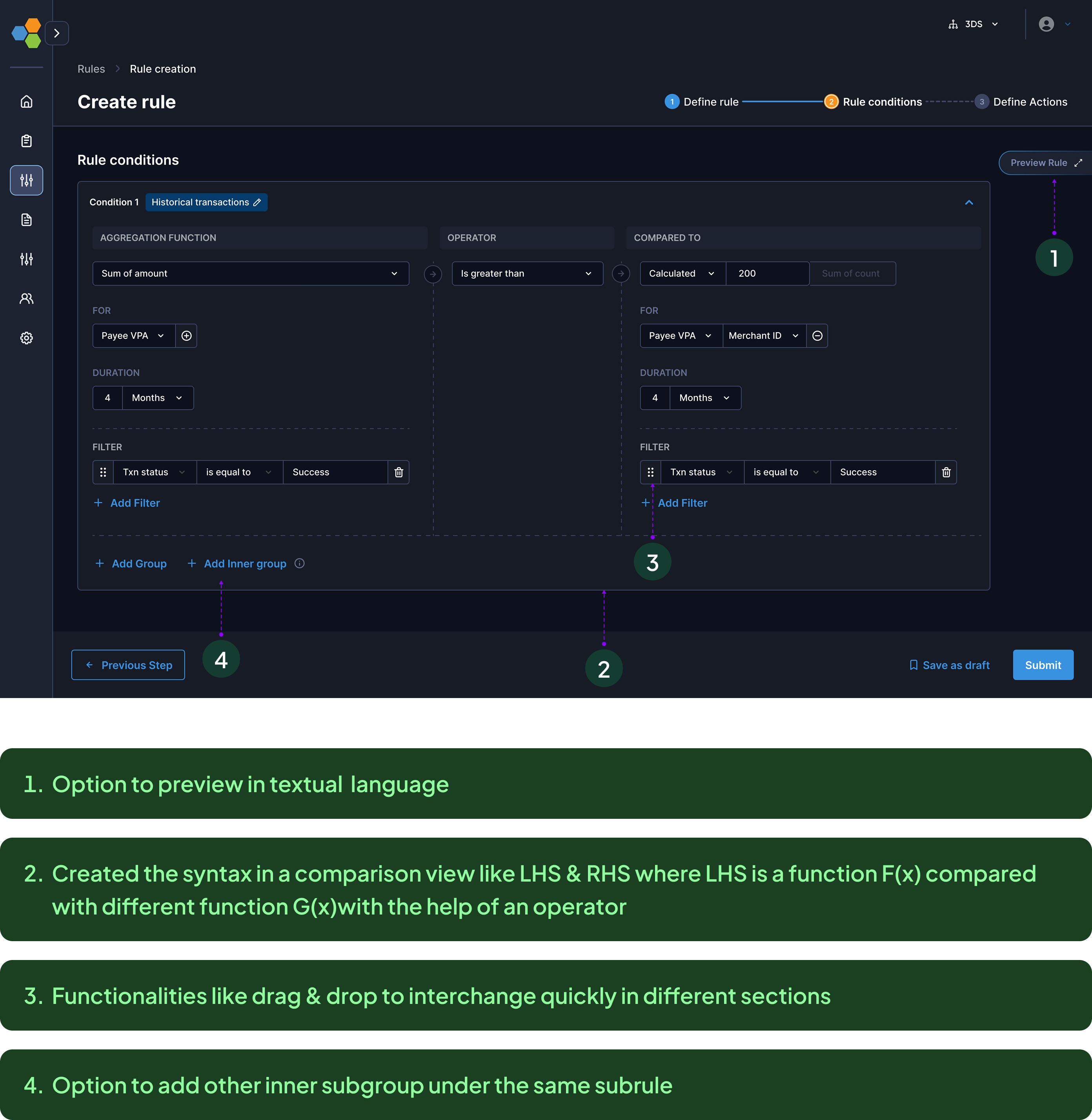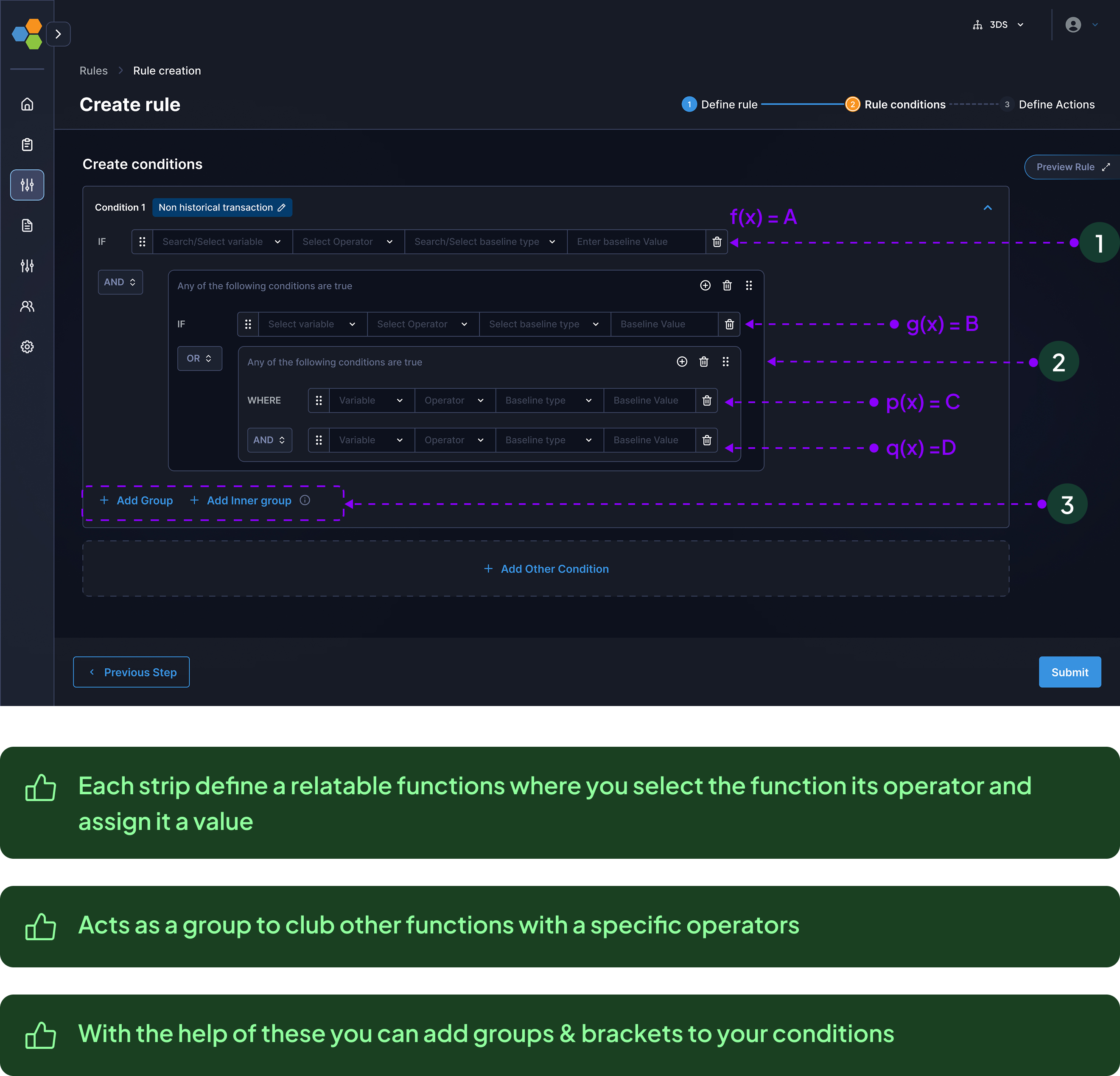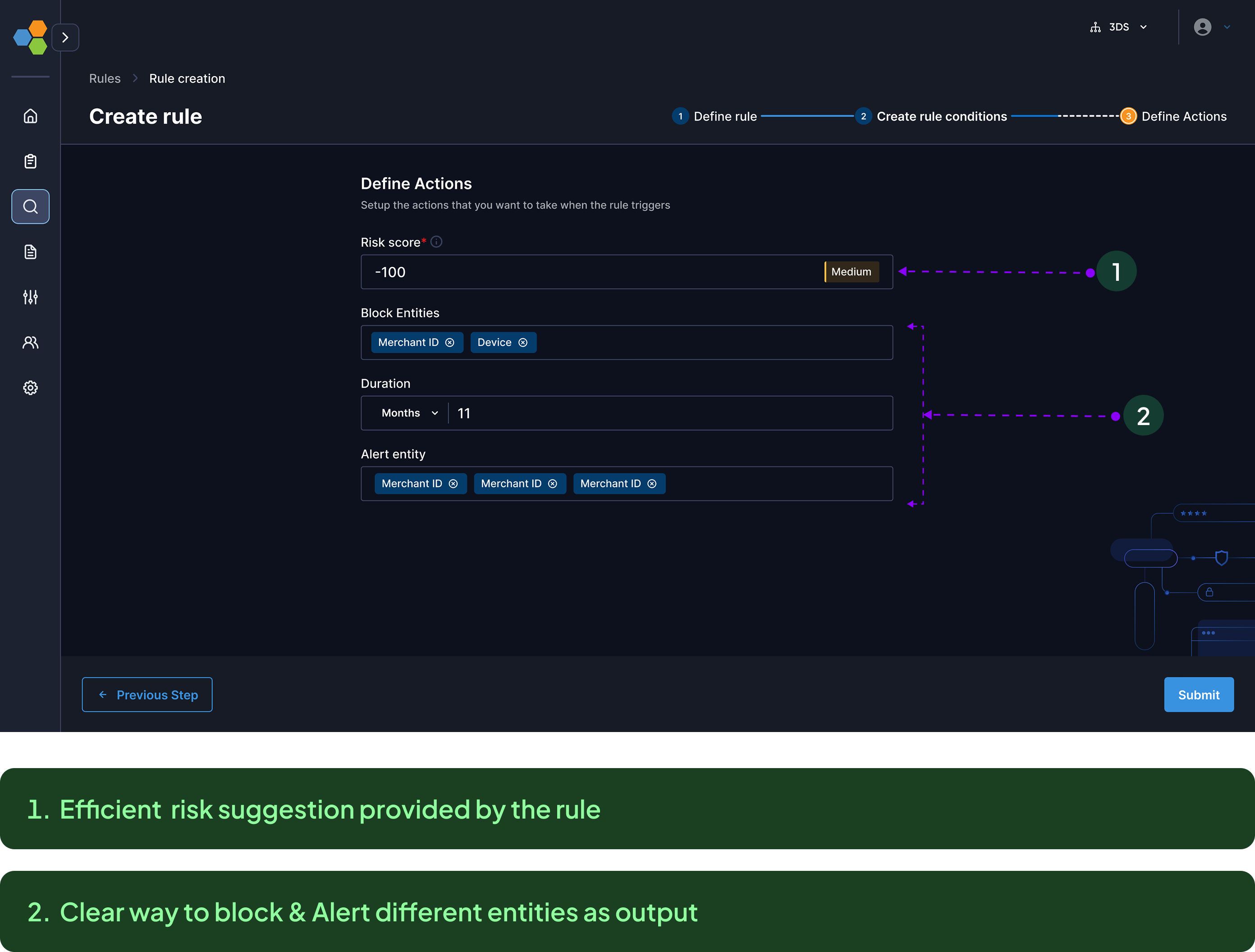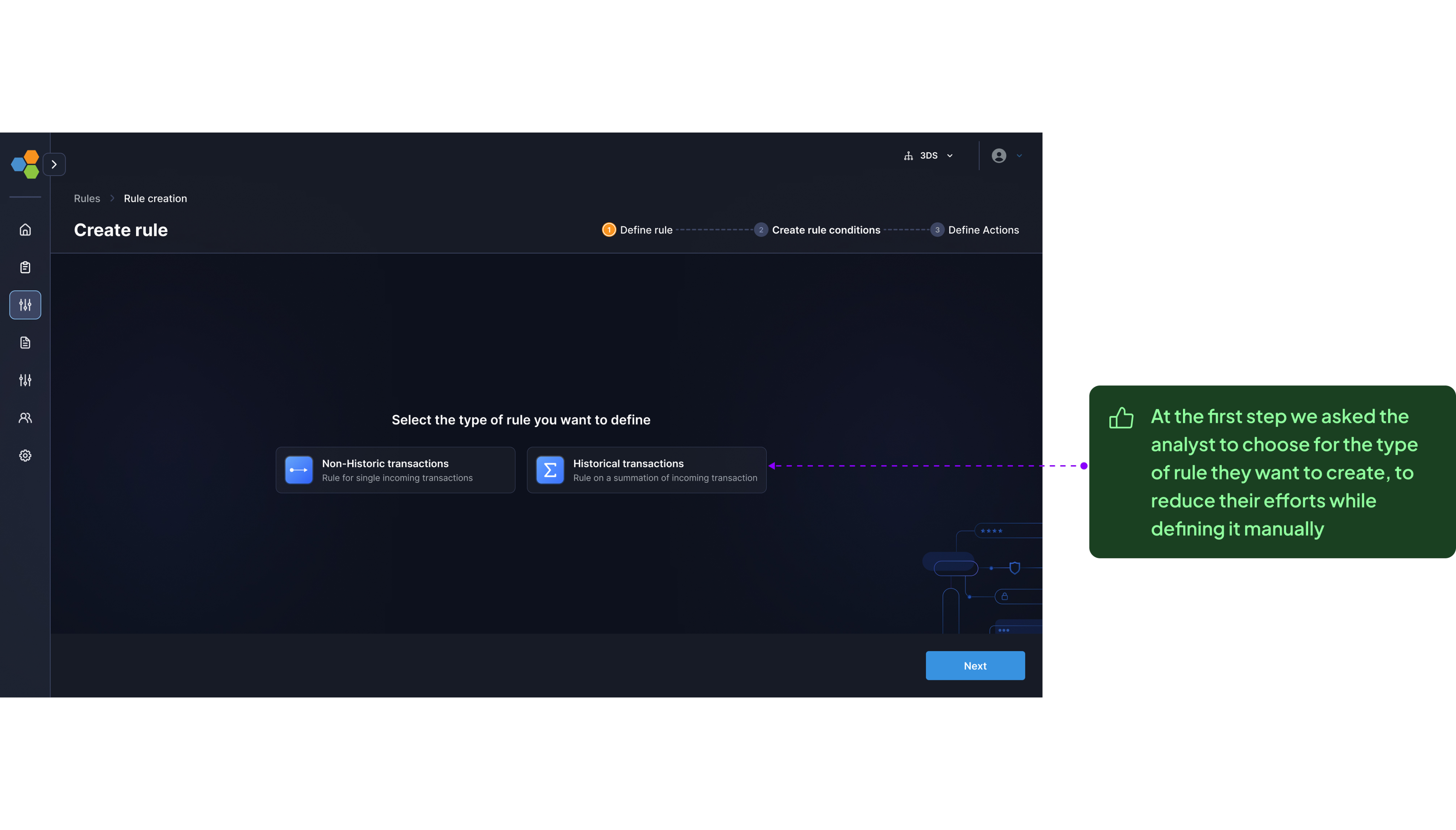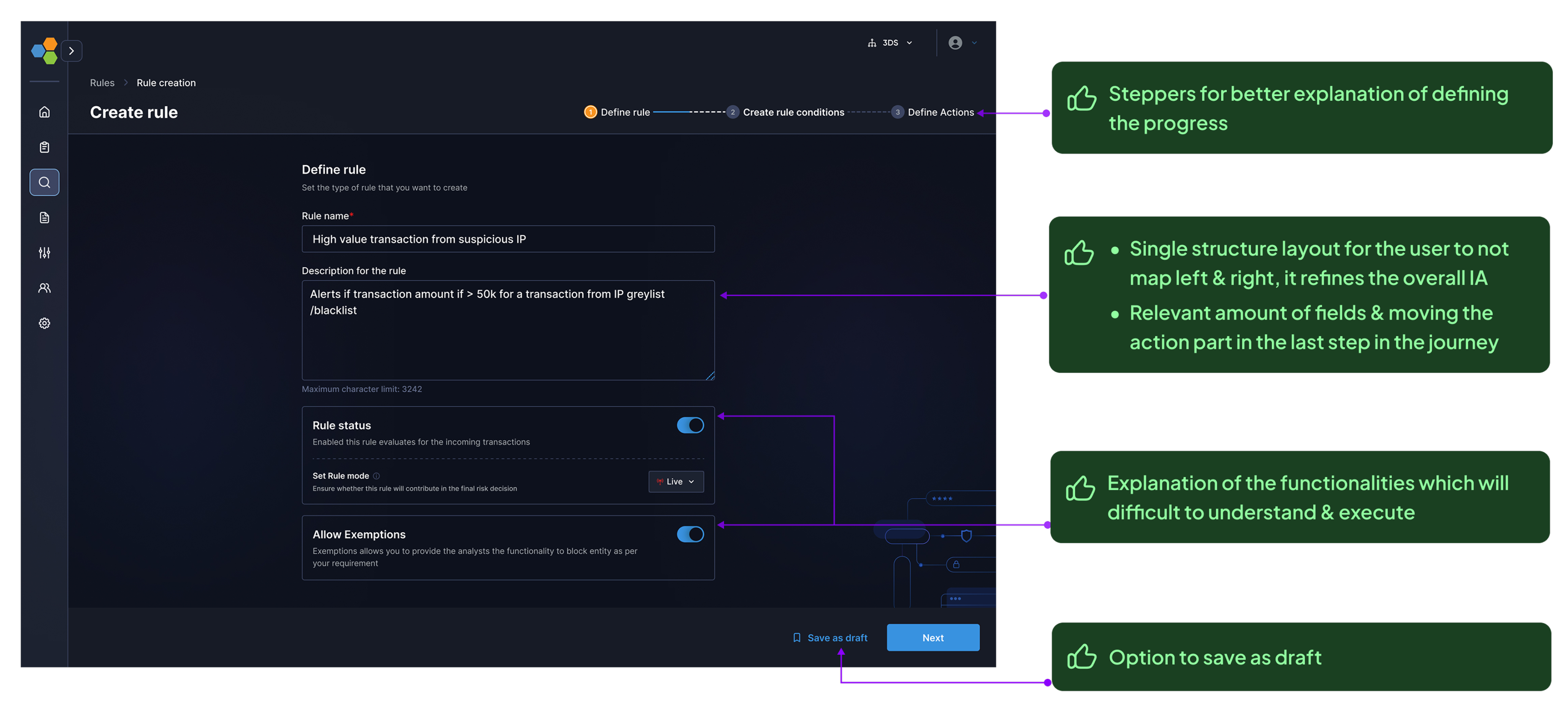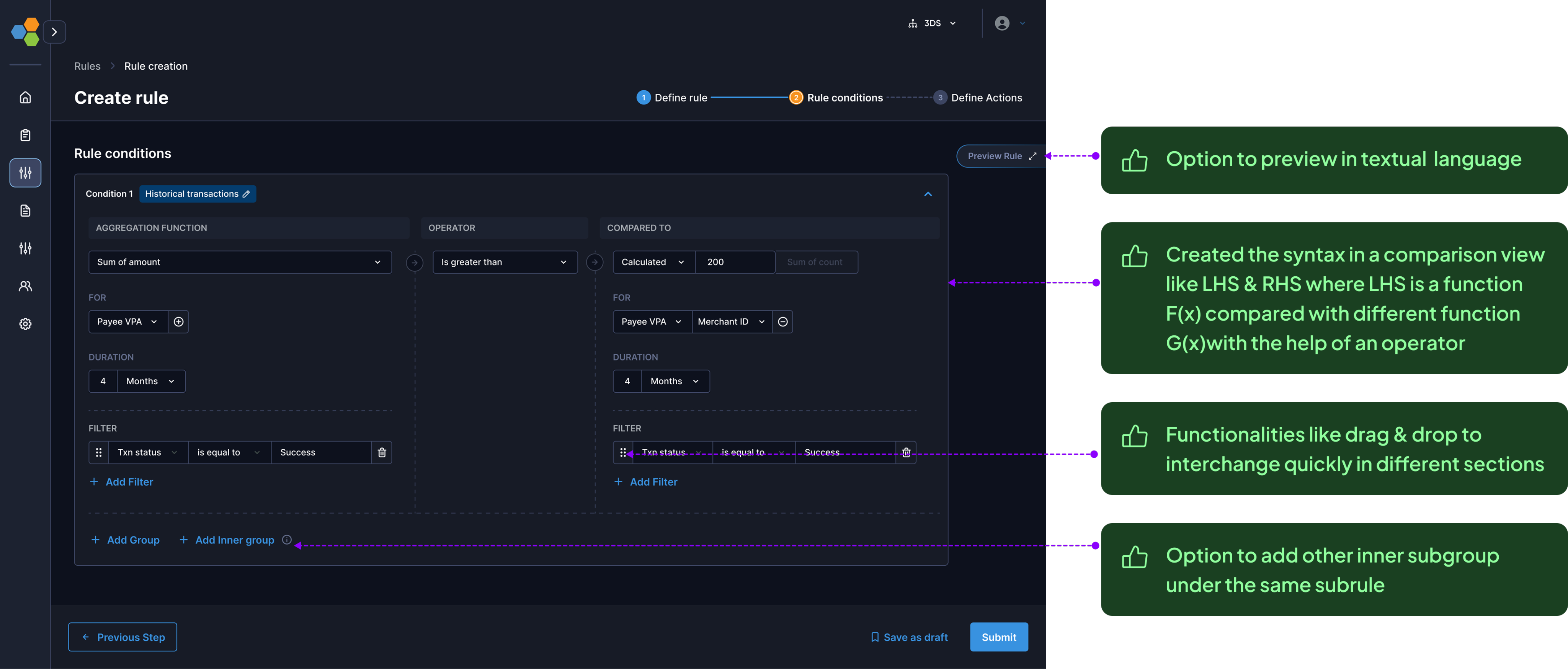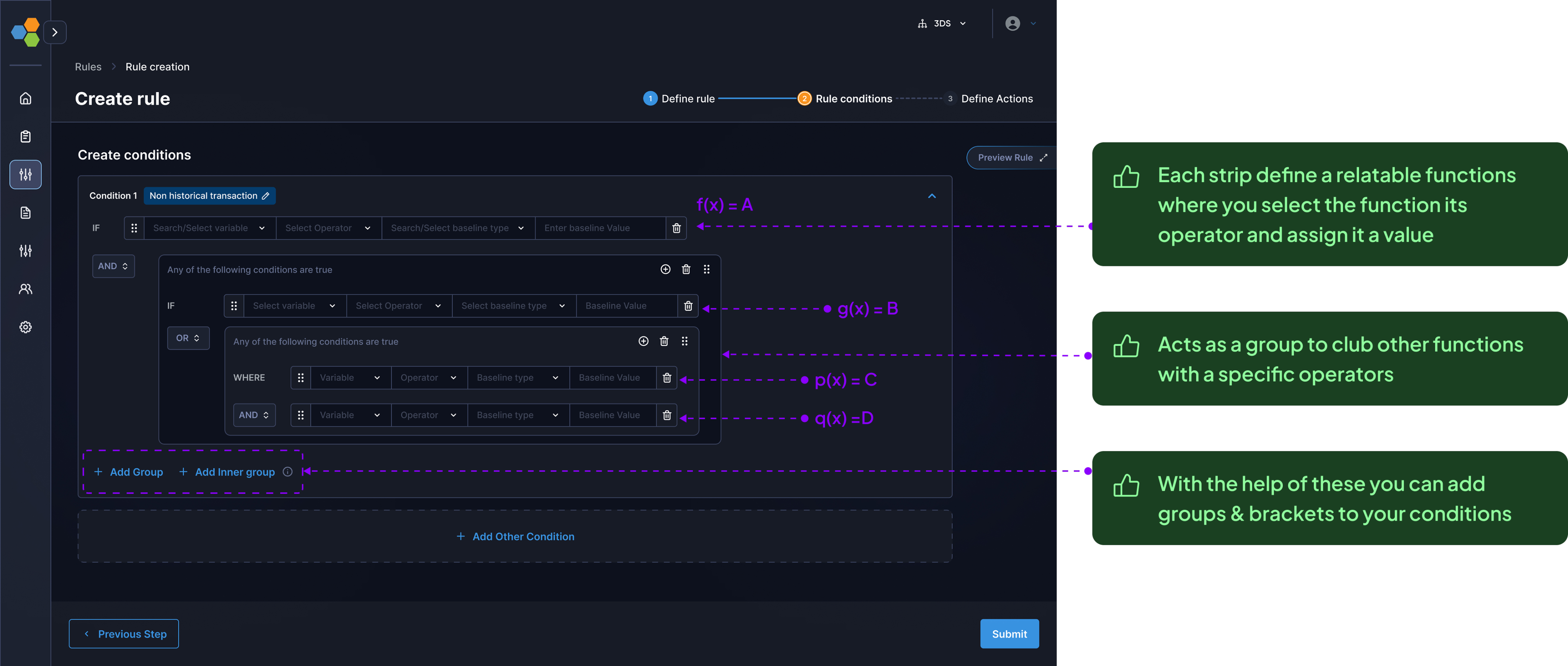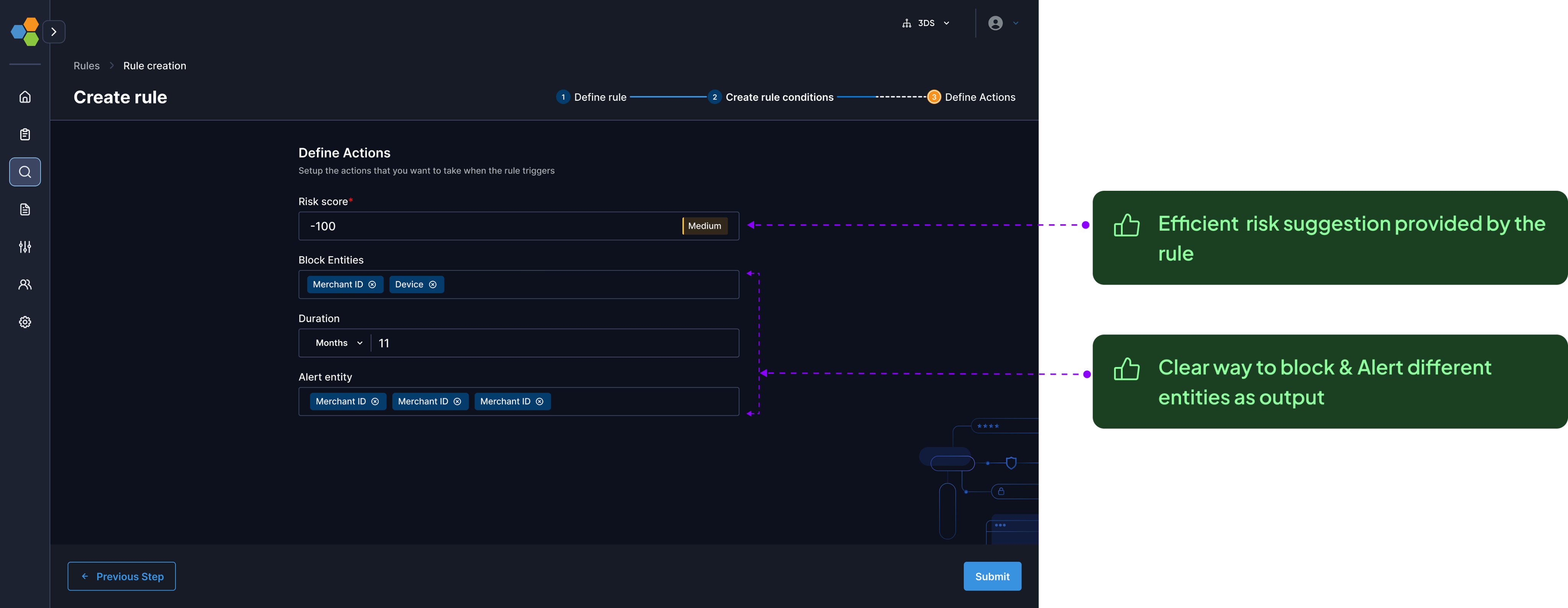The challenge
🎯 "From chaos to clarity: How we reduced rule creation Setup time by 62% to enhance the increment in DIY journey for our fraud & risk management platform
Background & problem space!
So risk analysts were unable to create rules, Right?
With Initial data observation, we found out that analysts were spending a lot of time while creating risk rules and also dropping off in the middle of the journey. We observed the global reasons were,
- Confusing user experience 😵💫
Risk analysts struggle to navigate through the system and often get lost in complex workflows. Thus used to be assisted flow and tickets rise
- Misleading tools & constant reinvention 🔄
Without standardised, reusable templates, teams keep creating similar rules from scratch
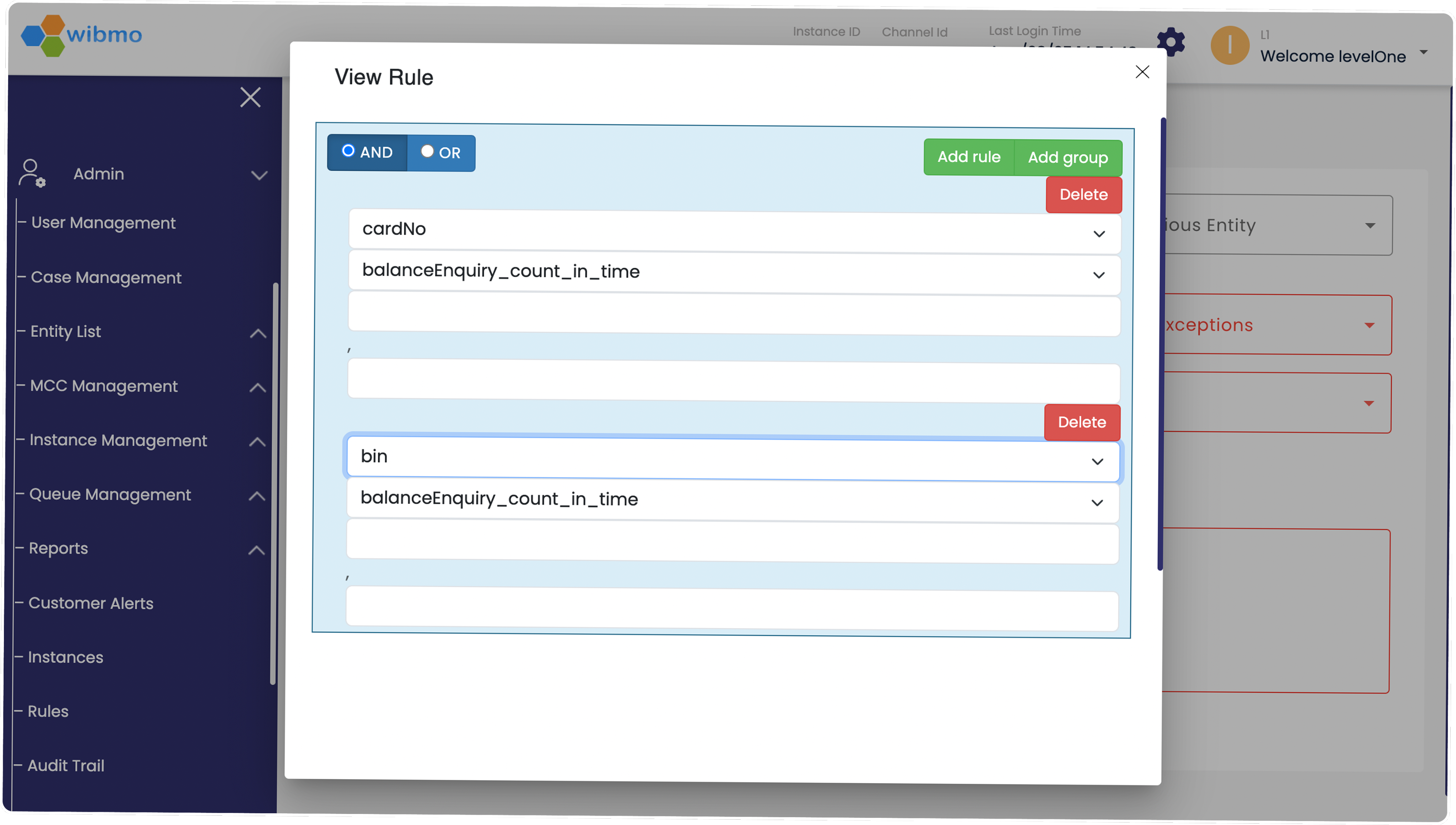
Current design
All hands
Meet the artists
My role
Product Design Lead — UX Research, Visual Design Prototyping, User Flows, Product Strategy.
Team
PM: Ayush Aggarwal, George Mathew, Saurabh Kumar
Design: Vishesh Raj
Eng: Shashi Gupta
Duration
APR’ 25 - MAY’25
(4 weeks)
Impacts
What did we achieved
53%
Increment in Rule creation completion rate
38%
Increment in DIY rule creation adoption rate
48%
Decrement in Error Rate per Step
62%
Decrement in Average rule creation time
Work process
How does it started - Design process
“Ohh wait! ⏰ Is it that simple?” - I doubt that 👀, Let me show how it looked like...
Desk research
Understanding the rule creation journey
Initial Complexity Assessment 🤯: In the initial discussions including PRD walkthroughs, we found out a lot of gaps in understanding the overall the rule creation journey. Few of them listed below
• Mental overload • Domain expertise gap• Technical jargon barrier• Multiple stakeholder perspectives
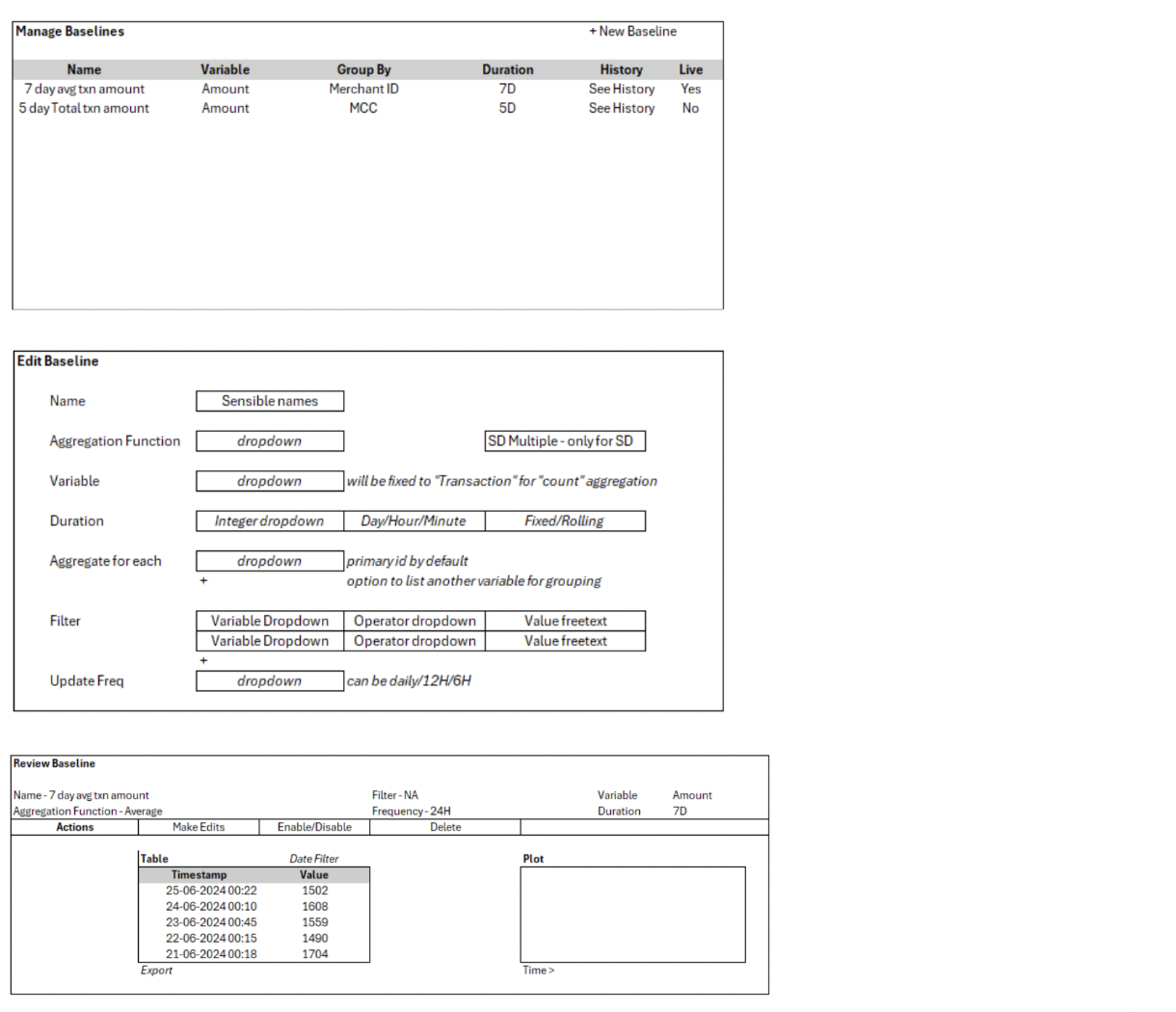
Different historical
transactions baseline
Operators & entities
are linked
A functional mathematical view of rule creations
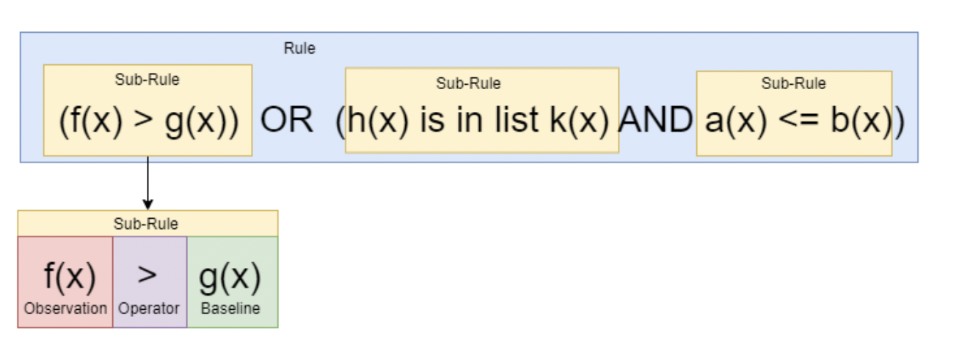
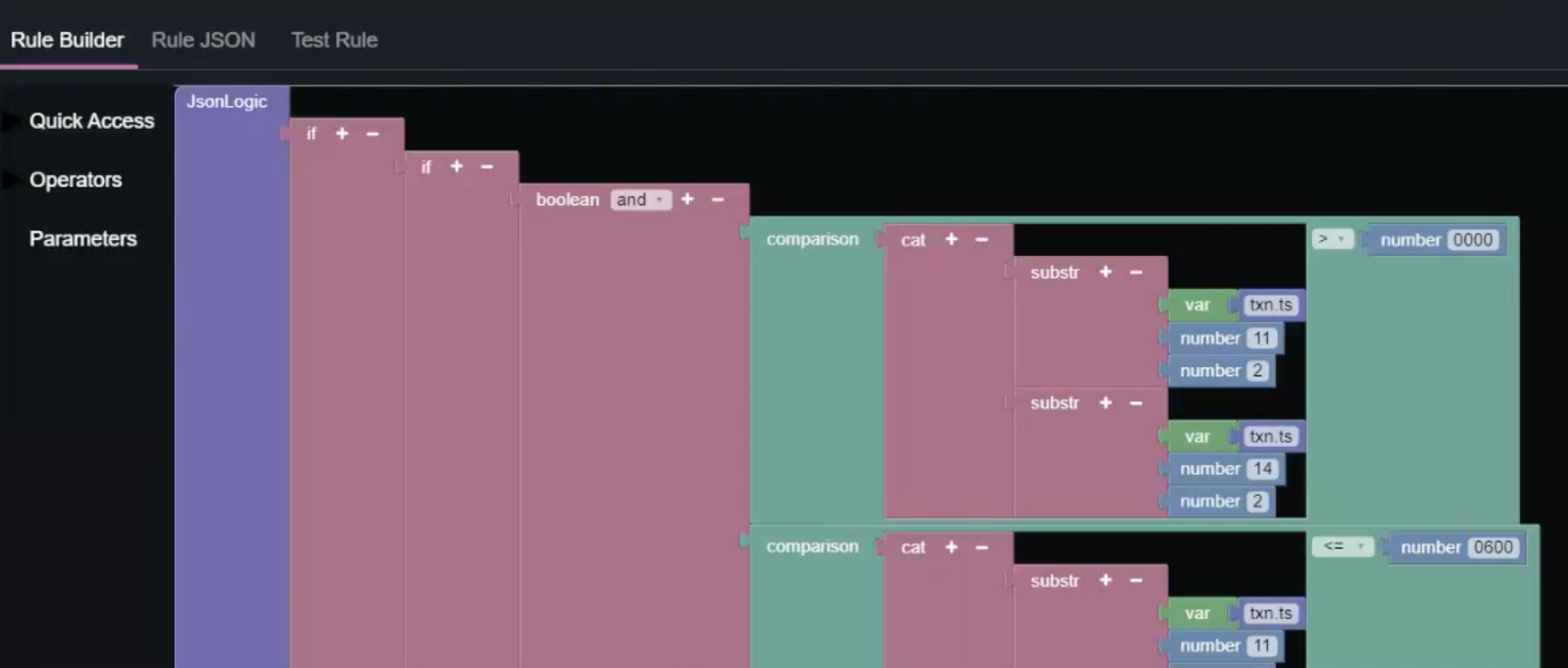
Current Rule Configurations framework
Drawing Insights
So how did we simplified it?
I collaborated with product & risk team to understand how different rules are being created to bring some structure for it. Analysed metrics to understand how it shortfalls.
Card sorting
Figuring out different rules & bucketing them
Historical rules (Velocity specific rules)
This rule operates where some count/sum of a number of transactions is being compared with sum/count on another aggregated transactions over a period of time
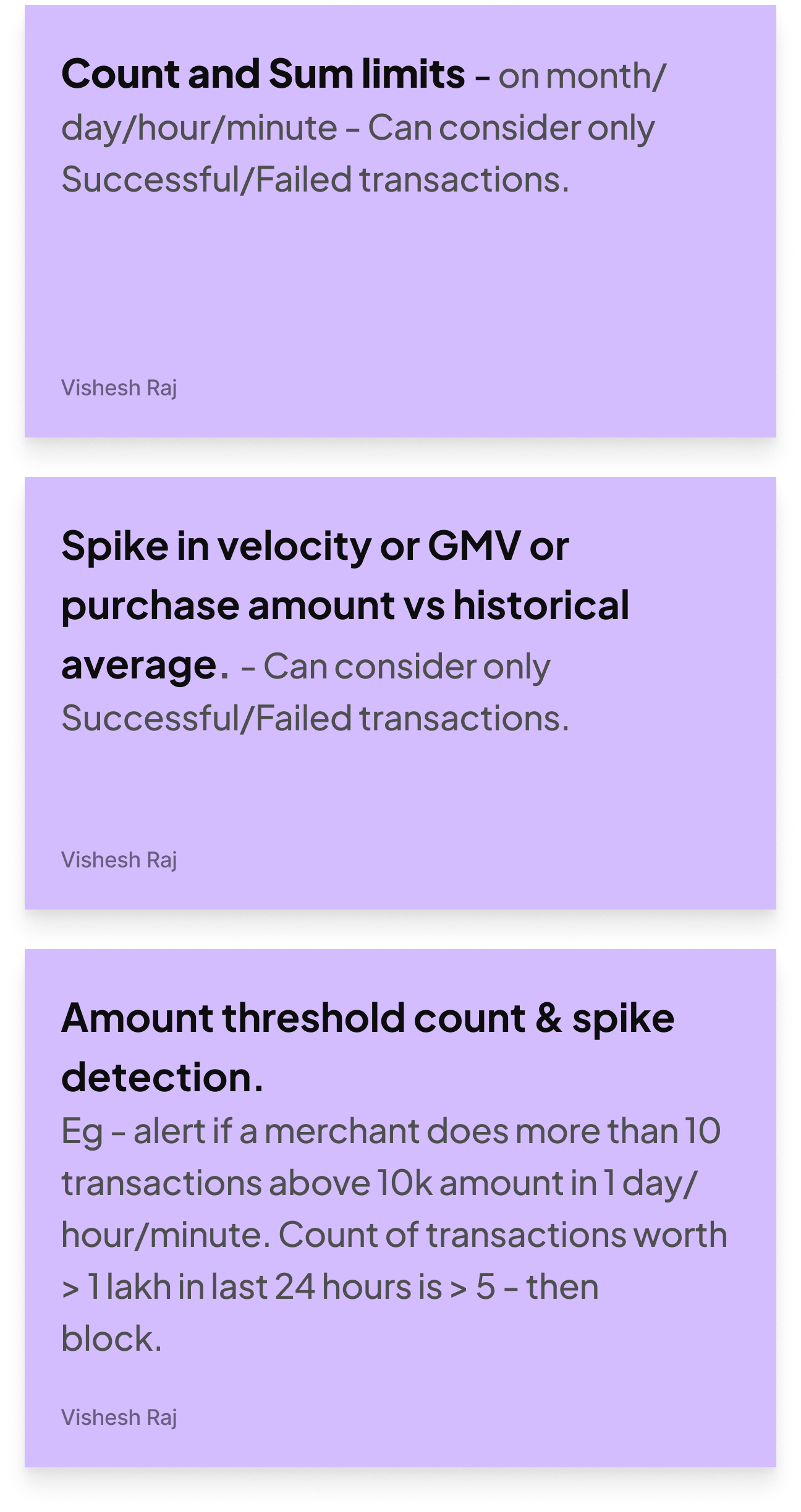
Non-Historical rules (Data match/Compare)
These rule operates when there is a single parameter is being matched with other single parameter real time.
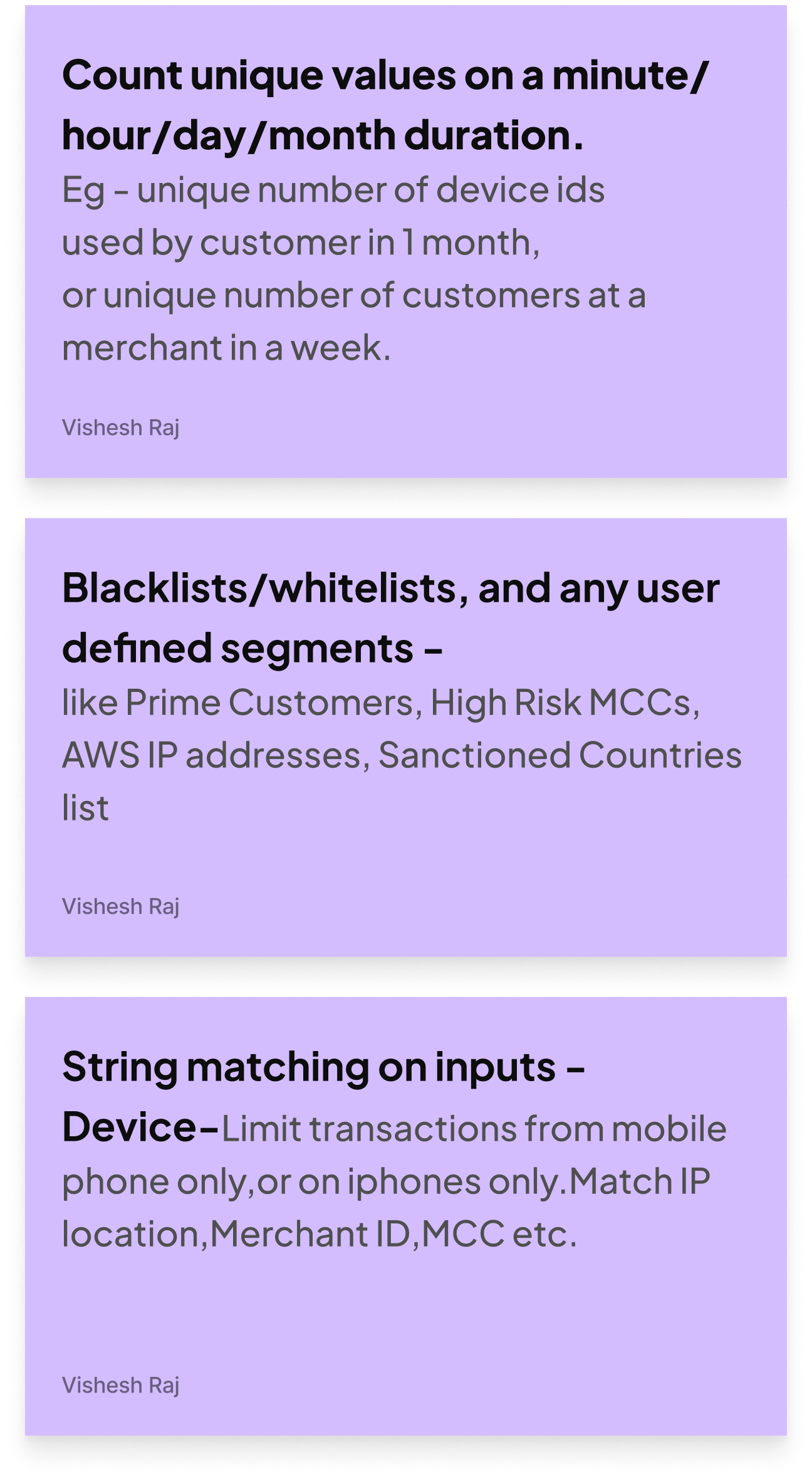
Secondary research
Analysing the key players(Competitors)
For identifying the strengths and weaknesses of the product I did a competitive research for direct and indirect players after a framework for competitors like Stripe, Seon , Unit 21, Cashfree, Razorpay etc
Competitive matrix
Primary research - user interviews
Extracting user needs
While this exercise was jam-packed with a lot of work, exploration, framing out right set of questionnaires, discussion with stakeholders. It feels impossible to boil down all the things, but if I had to, it would be the key insights that we received.
Template shortage
Doesn’t understand what type of rule they want to create
Complexity
Doesn’t understand dependancies & complex actions
Limited Collaboration
“Can't easily share created rules with teammates for review"
No draft Saving
Unable to save the rules as draft as every rule isn’t created at the moment
Sequential logic glow
Think in "if-then-else" chains, not complex boolean operations
Syntax overwhelm
"I spend 30 minutes just figuring out the right attribute format”
Context Switching
"I have to jump between 4 different tools to gather data for one rule"
Boolean Confusion
AND vs OR combinations become mind-bending with 5+ conditions"
No Visual Feedback
"I can't see if my rule makes sense until I deploy it"
Testing Uncertainty
"I never know if my rule will work until it's live"
Persona
Colatting the information

Ripul Arora
Position
Risk & AML anayst, WNS
Industry
Finance & banking
Education
BBA
Location
Gurugram, India
Age
30
Story
Ripul Arora is a fraud & risk analyst at WNS. Ripul receives an alert about a new fraud pattern: "Suspicious account takeover attempts using stolen credentials from overseas IPs". Ripul opens the Trident dashboard to understand and after analysing the case Ripul that there is a requirement of new rule for catering these types of overseas frauds.
"I know what I want to catch, but translating it to this technical format is like learning a foreign language every time!
🏆 Goals
- Primary: Reduce fraud losses by 15% this quarter
- Efficiency: Cut rule creation time by 60%
💫 Wants
- Speed: Create rules in under 10 minutes
- One-Click Templates - "Ready-made rules for common attacks"
- Confidence: Preview rule impact before deployment
- Real-time Help - "Contextual guidance during rule creation"
🔧 Needs
- Immediate: Visual rule builder for complex condition
- Urgent: Rule templates for common fraud patterns
- Draft Auto-save - Never lose work due to browser crashes
😰 Fears
- Technical Fear: Syntax error causes rule to fail silently
User journey
Mapping the flow
Implementation
How did we solved it
Note: The revamped design was supported with new design system, We created a new IA & bifurcated the rule creation process into 3 simple steps rule definition, conditions & actions for the overall journey, proposed a new structure and designed flows with additional features
- To solve the syntax problem, we asked the analysts choose the type of rule they want to create at the beginning of the creation journey itself
- As the next steps I created a rule definition page where the analyst defines the type of rule they wanted to create solving problems like IA, progress of application, complex functionalities etc
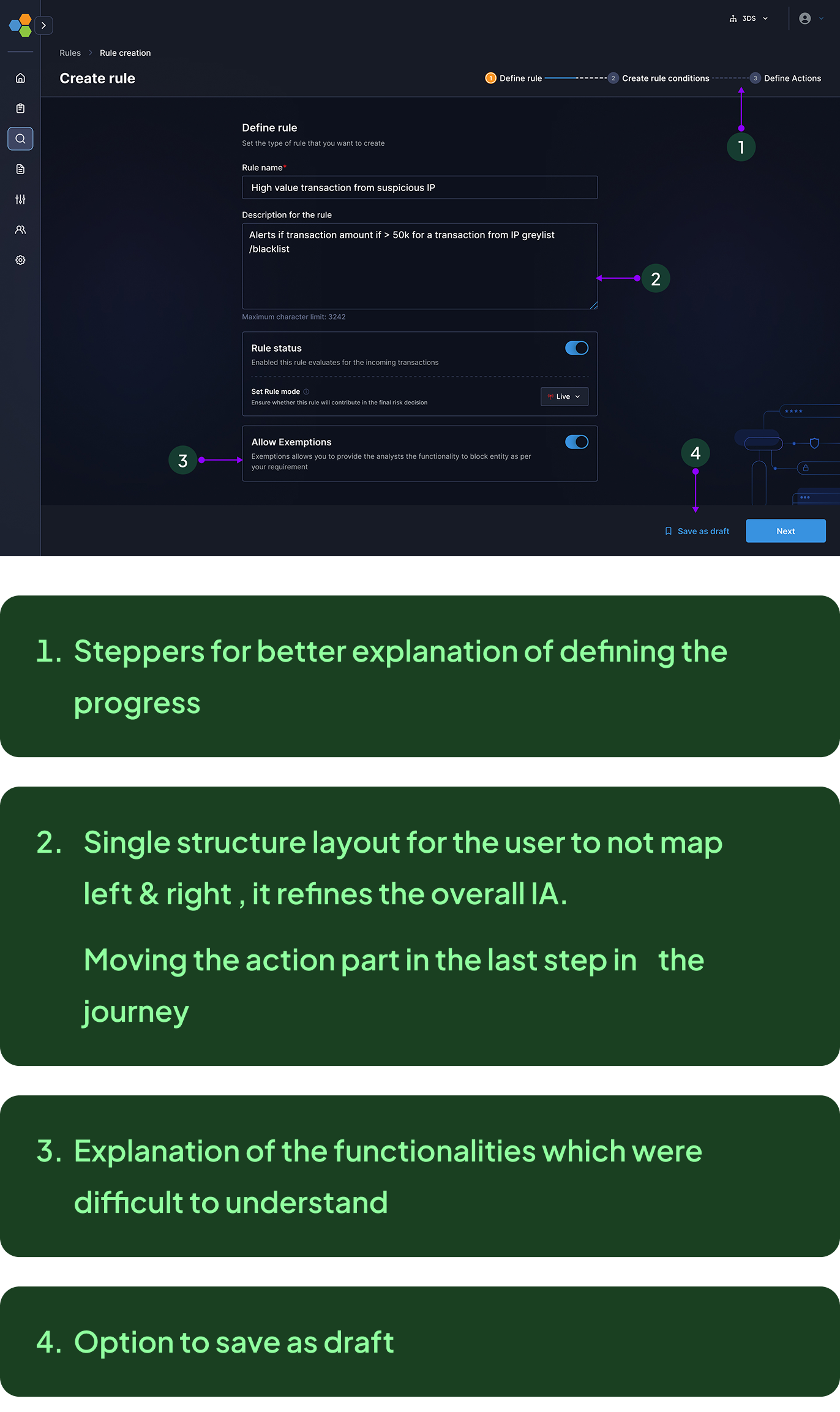
- Introducing the new syntax for the historical types of rules i.e, Velocity & Spike rules
Quick recap ✨
Historical rules: This rule operates where some count/sum of a number of transactions is being compared with sum/count on another aggregated transactions over a period of time
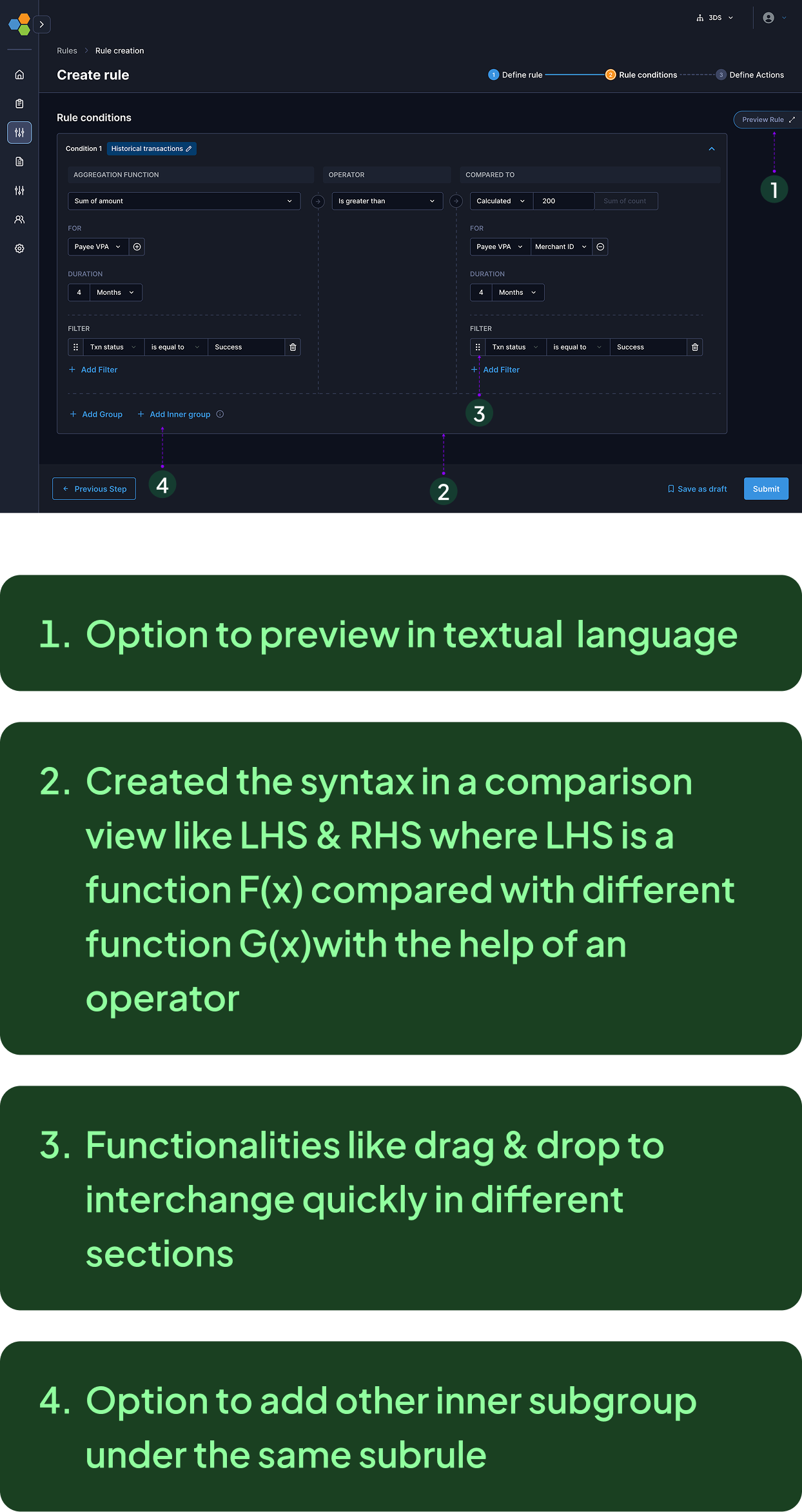
- Now how do you create a generic rule, for creating it a scalable all generic rules we created it under Non - Historical rules umbrella. Let’s understand this with an example, Suppose we need to create a rule
If A & B or (C & D), where A-f(x), B-g(x), C- p(x), D- q(x)
Quick recap ✨
Non-Historical rules: These rule operates when there is a single parameter is being matched with other single parameter real time.
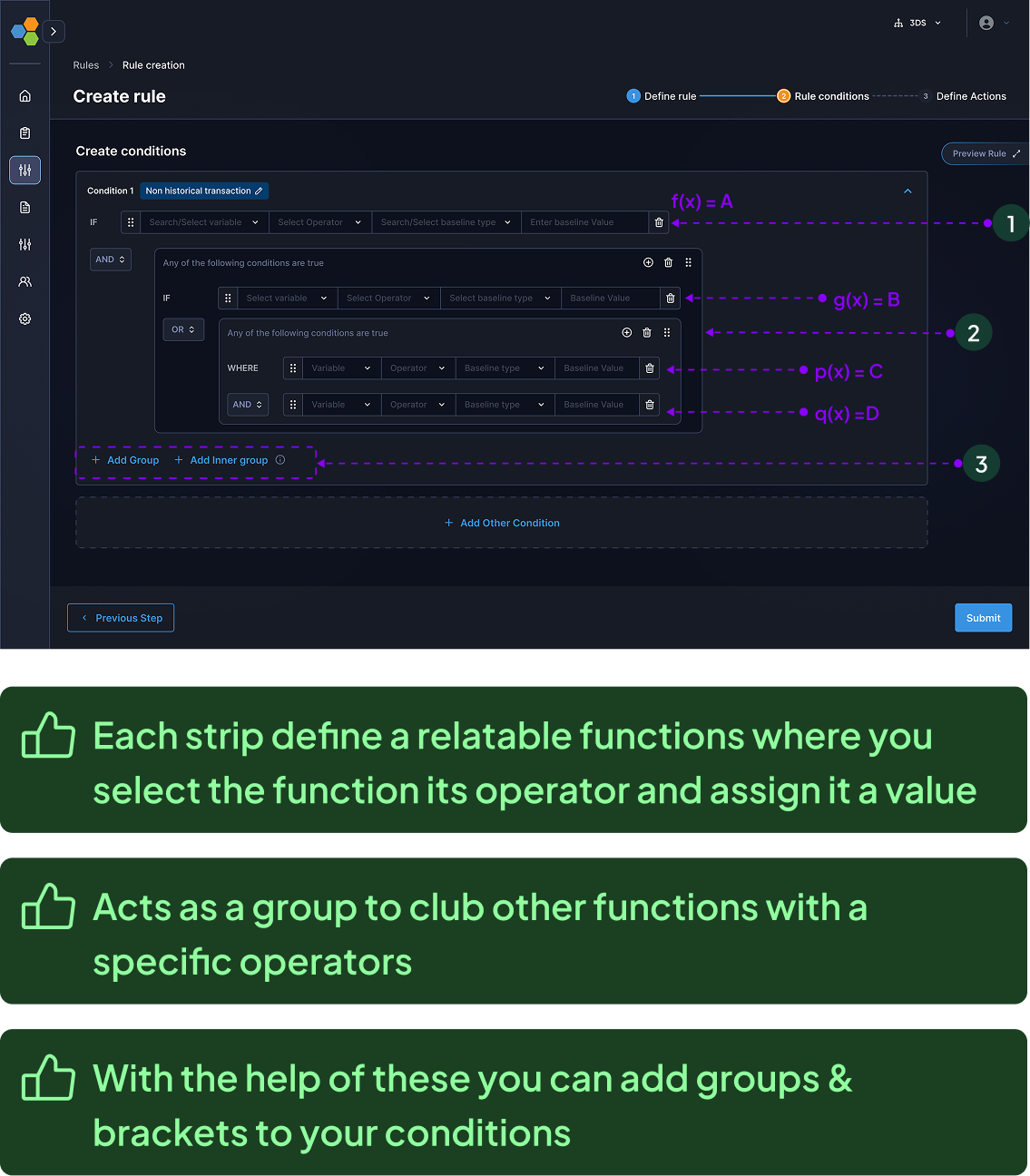
- As the last step we had the analyst to setup the output ie. the different risk suggestions (mathematically the risk scores) that the rule will provide when it triggers
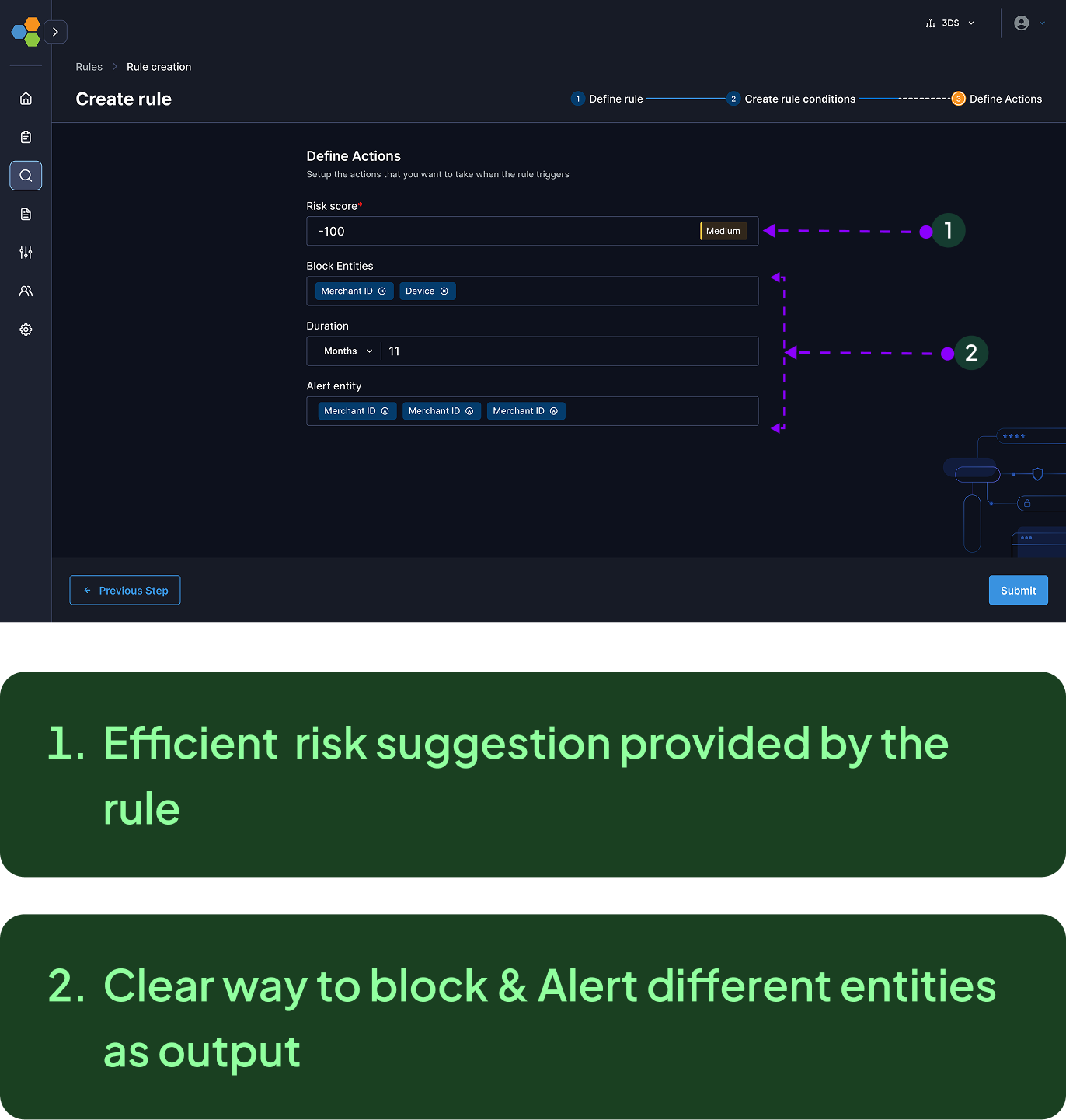
In the end
What did I learned as a designer
While this revamp was jam-packed with a lot of learnings. It feels almost impossible to boil down all the things, but if I had to, here they are!
Don’t trust the assumptions, go for the facts
While the start of this project my assumptions were that fraud analysts are power users who want maximum control & flexibility upfront while the research revealed 67% were occasional users who froze when seeing complex options - they wanted confidence and quick wins, not comprehensive control.
Early Feedbacks: Fast Failure & Quick Recovery
While we were iterating on the designs I started taking earlier feedbacks with product team & risk users at Wibmo which helped to understand what designs were lacking how context was missing to how it would be cleared. They brought unbiased opinions. This saved us from going to complete failure & bouncing back faster.
More from Vishesh
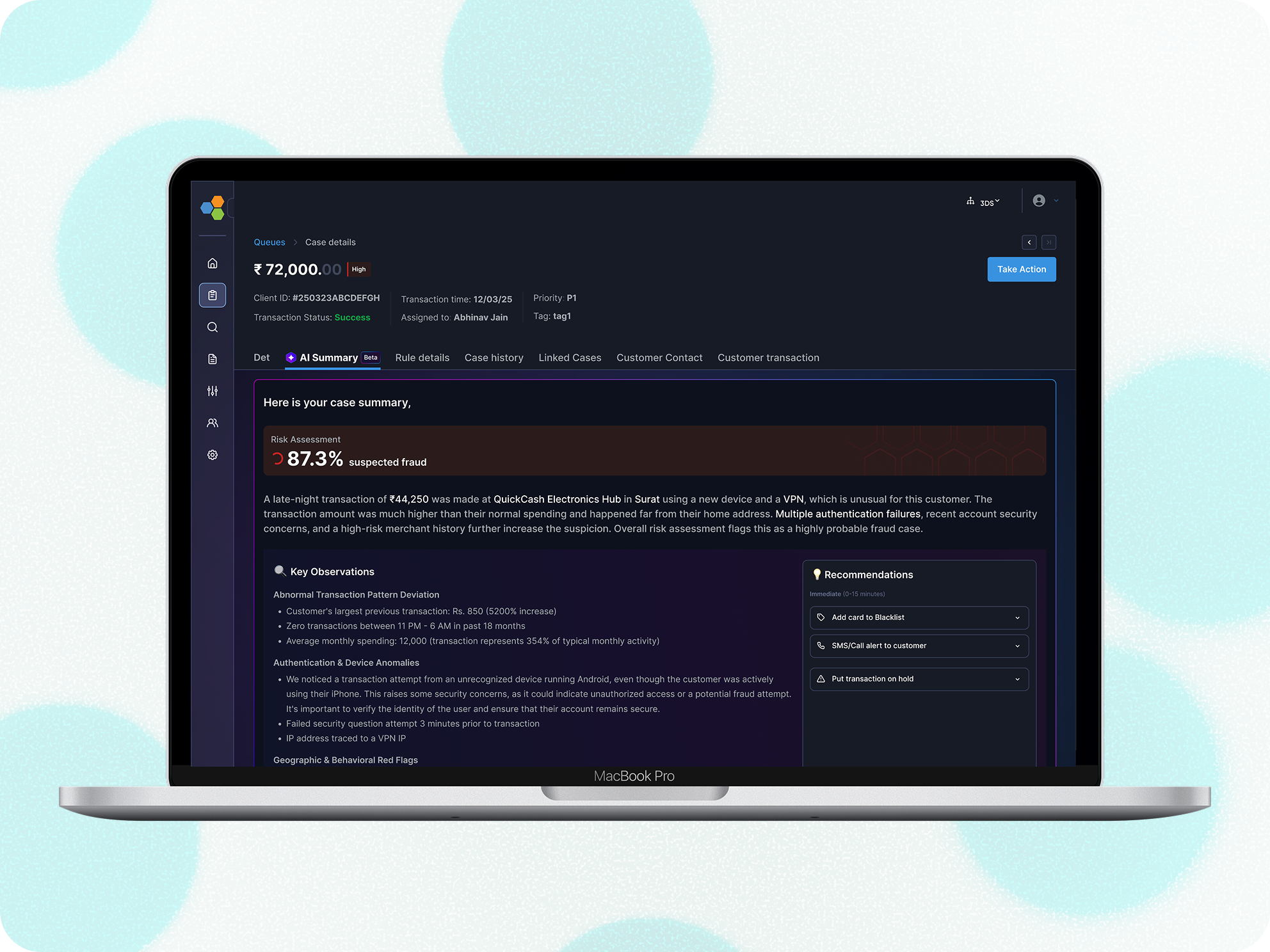
From Cognitive Overload
to AI Powered Clarity
Coming soon
Agentic AI that handles the cognitive heavy lifting while amplifying human judgment, expertise, and final decision-making authority.
End to end User research
Visual design
Communication
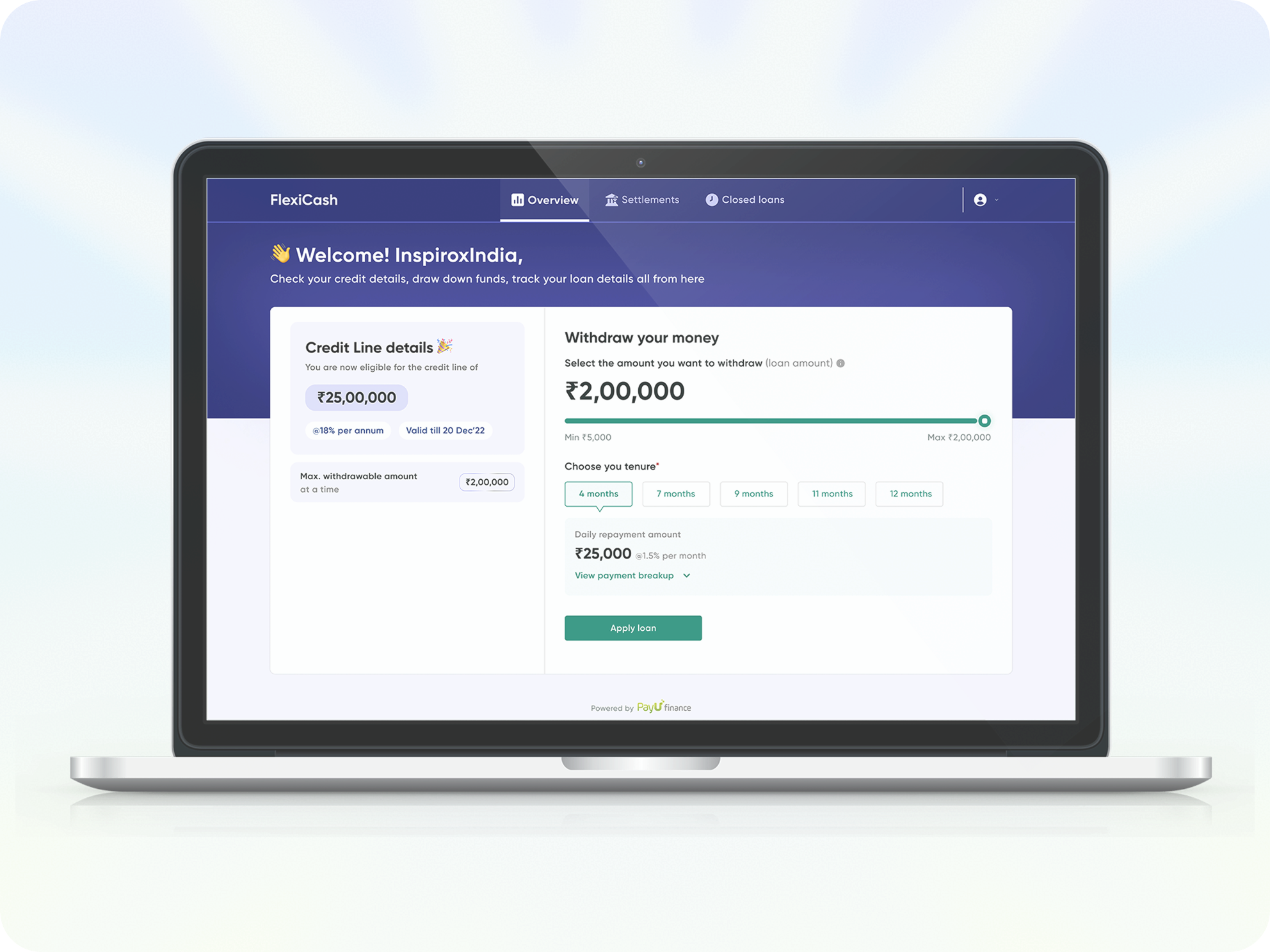
FlexiCash: for all your short term credit needs
Live Now
Enhance the pre & Post onboarding journey with better solutions available for less time-consuming & reduction in miscommunication
End to end User research
Visual design
Communication
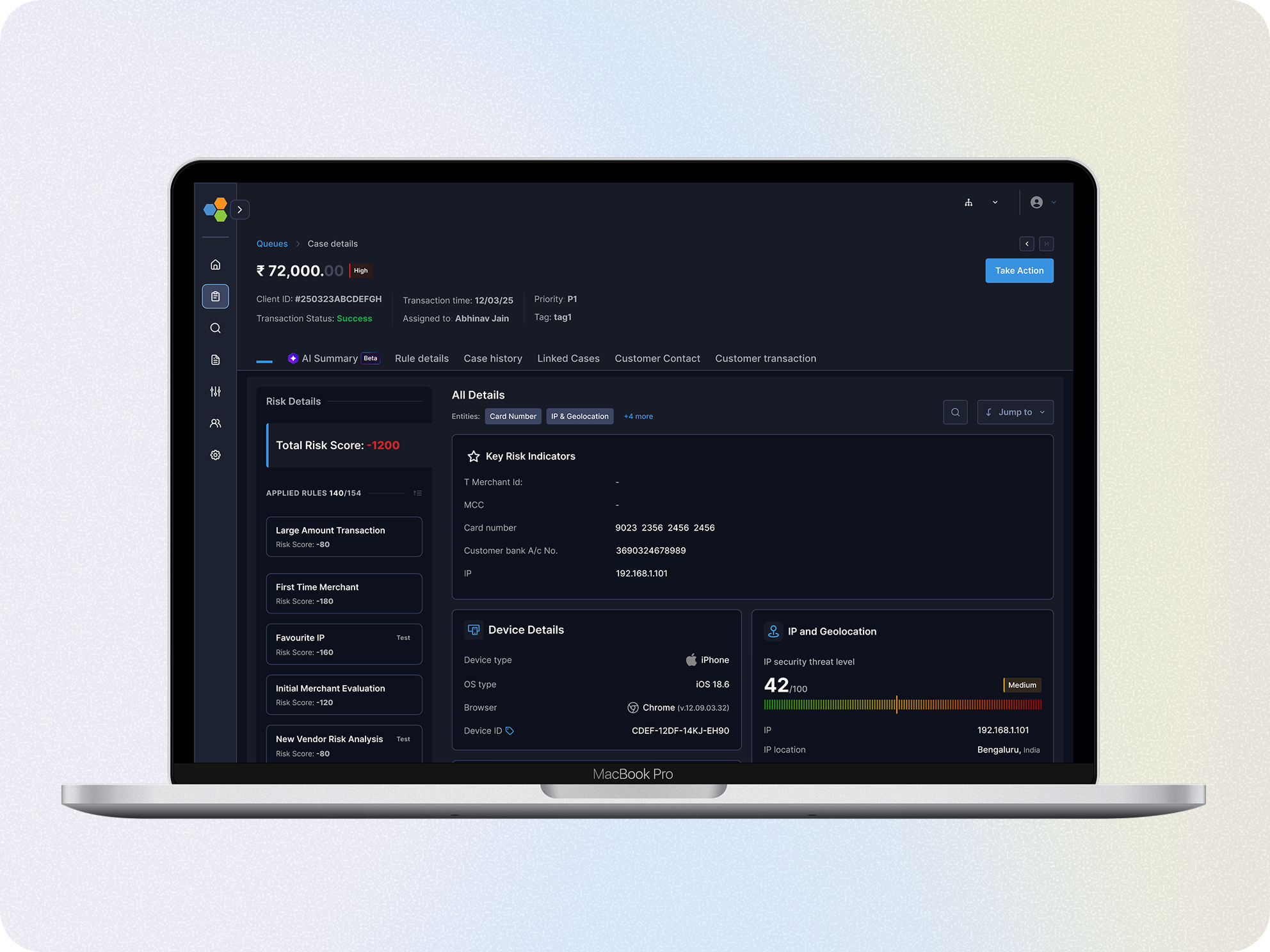
Stitching a broken Case Investigation exp.
Coming soon
Redesigning case investigation details to transform complex data into actionable fraud insights with behavioural intelligence
End to end User research
Visual design
Communication
"Between endless tabs and infinite scroll, you paused here. Thanks for choosing my pixels!"🙏

